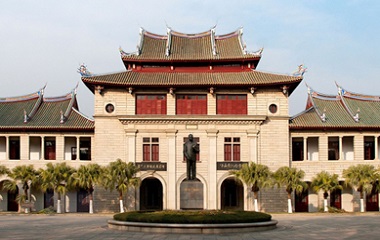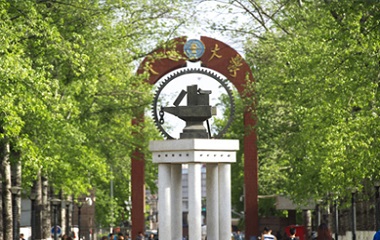Looking ahead
As villagers became more involved in the project, Yang transitioned from leading the effort to providing support. By September 2019, after laying the groundwork for the Azheke Plan, he concluded his time in the village.
Since then, the research team has assigned two student volunteers each academic year to help villagers tackle new challenges.
"Even after we leave, we don't just walk away," said Yang Hongni, 33, who stayed in Azheke from August 2021 to June 2022. "We maintain a WeChat group to share ideas and solutions."
For example, villagers were confused by the varying payment rates as more filming teams began visiting. The language barrier was also an issue. "Most villagers over 35 didn't speak Mandarin," Yang Hongni explained. This sometimes led to tourists filming villagers without their consent, disrupting their daily lives.
With the help of the volunteers, the villagers developed a standardized filming policy. It set consistent payment rates for filming companies, listed cultural taboos, and encouraged younger villagers who spoke Mandarin to assist with communication.
The creation of this policy is an example of how the Azheke Plan has moved beyond poverty alleviation and heritage preservation to empower villagers in self-governance.
Under the plan, key management decisions are made through village-wide meetings and formalized as community regulations. These rules are then shared in a public online group to ensure transparency. Additionally, the village tourism company regularly publishes its financial records, allowing everyone to monitor revenue and expenses.
Another notable achievement is the improvement in children's education.
"We organize activities, such as reading sessions, film screenings, and outdoor events for the village children," Yang Hongni said.
The team has also established a village library and introduced an education incentive program that offers financial rewards for academic achievements.










